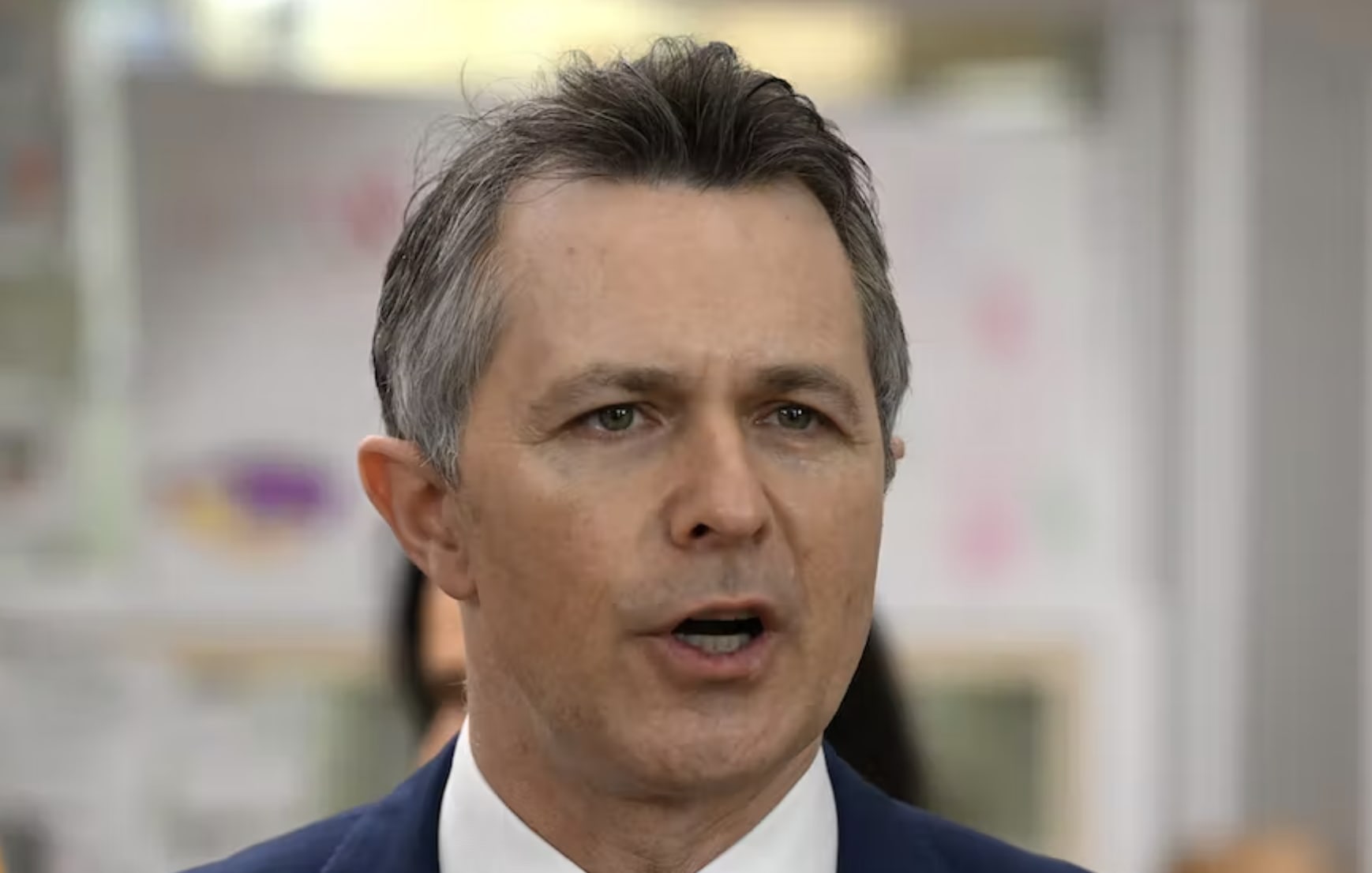Jason Clare has a draft plan to fix the teacher shortage. What needs to stay and what should change?
Fedral Minister for Education Jason Clare has released a draft plan to address what he calls an “unprecedented” teacher shortage in Australia.
As he said, “there is a shortage of them right across the country”. For example, federal Department of Education modelling shows there will be a high school teacher shortfall of about 4000 by 2025.
The plan has been brewing since a meeting between Clare and his state and territory counterparts in August.
Since then, education department heads, schools, university and union leaders have been working on ways to address the teacher shortage. Clare now wants to know what should stay and what needs to change, before education ministers sign off on the plan in December.
First, what’s the problem?
We are education researchers who study teachers’ perceptions of their work in Australia. Earlier this year, we conducted a national survey of 5000 teachers. We recorded more than 38,000 comments, including proposed solutions and ideas for change.
This research showed the teacher shortage is the result of complex problems that have been building for years.
If we’re going to fix it, we need to address issues including excessive workloads, the increasing complexity of the role, growing expectations and administrative responsibilities, and a lack of respect for the profession.
I spoke with @SabraLane this morning on @RadioNational about the national teacher shortage crisis 👇 pic.twitter.com/wm4HmvxhQs
— Jason Clare MP (@JasonClareMP) October 31, 2022
What’s in the plan?
The plan includes a headline figure of A$328 million, some of which was announced in the budget last week.
It looks at themes including improving teaching’s reputation, encouraging more people to do teaching courses, improving how we prepare new teachers for the job, reducing workloads, and better data. It includes 28 “actions”, such as:
- $10 million to raise the status of teachers
- new teacher of the year awards
- recognising skills in other areas (such as maths) that can be “transferable” to teaching
- improving access to First Nations cultural competency resources.
The draft plan also includes:
- $25 million for a “workload reduction” pilot
- improving data about current teacher supply, teaching graduate numbers, and why teachers leave
- improving mentoring and support for teachers starting out in their careers.
What does it get right?
The draft has many promising elements, which suggests there’s a commitment to real action on key issues. This is particularly the case when it comes respect for teachers and their workloads.
1. Elevating the profession
The draft says we need to “recognise the value teachers bring to students, communities and the economy”. It’s encouraging to see this is the top of the list of action items. Importantly, it also states:
“... ministers, education stakeholders, and the media will take every opportunity to actively promote the valued work of teachers and the merits of the profession, effective immediately.”
Our research found 70% of surveyed teachers feel the profession is disrespected by the public. We also found 90% felt politicians don’t respect teachers, and 80% felt the media don’t respect teachers. As one teacher told us:
“I plan to leave […] it is wearying constantly having to defend my profession against attacks in the media.”
Raising the status of the profession and valuing teachers as a highly skilled, expert workforce (that is a critical part of society) is of utmost importance.
Read more: Initial teacher education: With the profession in crisis, let’s not waste the chance for change
2. Workloads
In another section titled, “Maximising the time to teach”, there’s a much-needed focus on workload issues. In our study, only 14% of teachers agreed their workloads were manageable. Workload issues were also the most frequent reason given for wanting to leave the profession, as illustrated by this teacher:
“I’ve hit burnout twice already. I don’t expect I can keep up the level of energy or give so much of my time for much longer.”
Workload is a crucial issue that requires an immediate response, as this draft has recognised. Ongoing consultation with teachers is crucial. Ministers and policymakers should keep asking teachers what support they need to make their workloads manageable – and listening to the responses.
What needs to change?
In releasing the draft, Clare has called for feedback from teachers and the broader community, and he wants to know what’s missing. In our view, the final plan needs to have a bigger focus on two things:
1. Retaining teachers
Although the report includes sections to support current teachers, a significant proportion is spent on attracting new teacher and strengthening teaching degrees.
There’s no question we need to attract and train great teachers. But if we want to have any short-to-medium-term impact on the issue, the top priority should be keeping the teachers we have now.
The current workforce shortage crisis is a result of teachers leaving the profession. Our research suggests attrition will continue, with only 28% of teachers indicating they plan to stay in the job until retirement, and almost 50% planning to leave within the next 10 years.
There’s also a lot of attention on teachers leaving the profession within their first five years. But we found those who had been in the profession for six to 10 years were the most likely to be planning to leave. This suggests the more significant issues are those experienced on the job rather than while studying.
2. More trust
The other big element missing from this draft is trust. Australia has a history of blaming teacher quality for problems in education.
Policy responses have suggested teachers can’t be trusted to do their jobs well. We require teachers to constantly account for their professional decisions through excessive data collection and narrow performance-based markers (such as the NAPLAN tests).
Our research showed the lack of trust erodes Australian teachers’ commitment to, and passion for their work. As one teacher told us:
“It’s not the profession I want to remain in. I became a teacher to educate and inspire students, not to push agendas and collect data.”
When it comes to keeping teachers in the classroom where they’re needed, we need to trust they’re well-trained and committed to delivering the best for all their students.
If not, teachers will not feel respected, will be burdened by unrealistic workloads, and they will not stay.
![]()
This article originally appeared on The Conversation.







